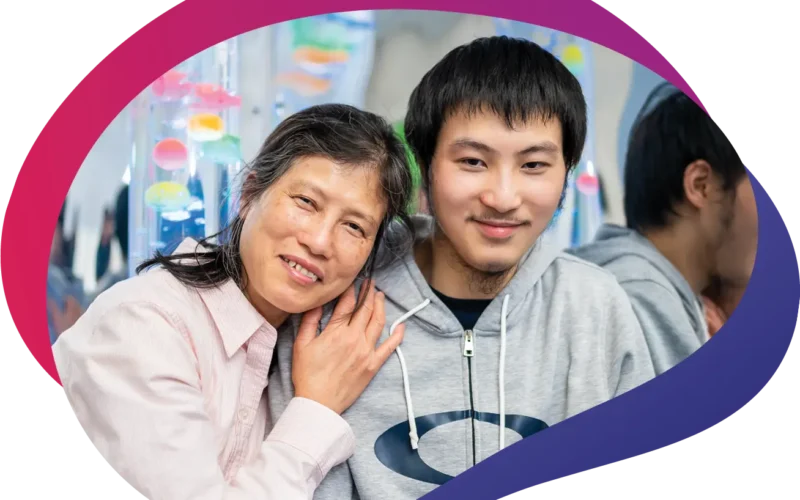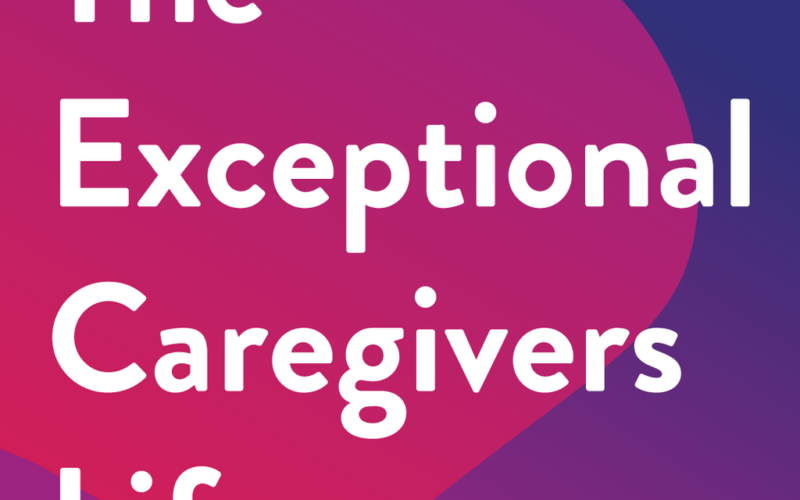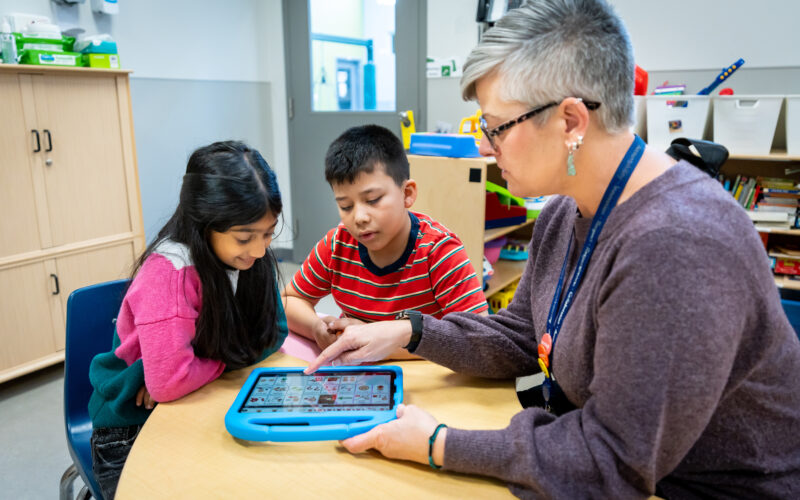Families have said they found that navigating the system was confusing and complicated when accessing services. Coordinated Service Planning was started as part of the Ontario Special Needs Strategy. The Ontario Special Needs Strategy is an initiative of the Ministry of Children, Community and Social Services, the Ministry of Education and the Ministry of Health and Long-Term Care. The new service will help support families and their children/youth navigate the system to receive the right service, at the right time.
Children and youth with multiple and/or complex special needs rely on many services, Coordinated Service Planning will make sure that all the professionals involved with a family are working together as a team towards the family’s goals, and that they are kept informed of what’s going on at all times.
In Toronto, Coordinated Service Planning will be delivered in participation by Surrey Place (lead agency), Community Living Toronto, Family Service Toronto, Toronto Central LHIN and Youth link. The Service Planning Coordinator will support the family until they no longer require the support, and discharge from Coordinated Service Planning may occur when goals are met and the family and team agree that Coordinated Service Planning is no longer needed; the family moves away from the area served by Surrey Place and its partners; when the youth leaves school (between the ages of 18-21); or the family asks to be discharged.
For more information and how to access and refer a client visit http://csptoronto.surreyplace.ca/.
Un nouveau service est maintenant offert aux familles dont les enfants ou les jeunes ont des besoins particuliers multiples ou complexes
Le Centre Surrey Place a le plaisir d’annoncer que la planification coordonnée des services est maintenant offerte, dans la région de Toronto, aux familles dont less enfants ou les jeunes ont des besoins particuliers multiples ou complexes.
Ces familles ont déjà indiqué qu’il était difficile et compliqué de s’y retrouver dans le système lorsqu’il s’agissait d’avoir accès à des services. La planification coordonnée des services a été mise en place dans le cadre de la Stratégie ontarienne pour les services en matière de besoins particuliers, laquelle est une initiative du ministère des Services à l’enfance et Services sociaux et communautaires, du ministère de l’Éducation et du ministère de la Santé et des Soins de longue durée. Ce nouveau service aidera les familles et leurs enfants ou leurs jeunes à s’y retrouver dans le système afin de recevoir les bons services au bon moment.
Les enfants et les jeunes ayant des besoins particuliers multiples ou complexes dépendent de plusieurs services, c’est pourquoi la planification coordonnée des services permettra à tous les professionnels qui s’occupent d’une famille de travailler en équipe en vue d’atteindre les objectifs de cette famille et de demeurer informés en tout temps de ce qui se passe.
À Toronto, la planification coordonnée des services s’effectuera avec la participation du Centre Surrey Place comme organisme responsable, de Community Living Toronto, de Family Service Toronto, du RLISS du Centre-Toronto et de YouthLink. Le coordonnateur de planification des services viendra en aide à la famille jusqu’à ce qu’elle n’en ait plus besoin. La famille pourra alors quitter la planification coordonnée des services, notamment : à l’atteinte des objectifs selon ce que jugent la famille et l’équipe, en cas de déménagement dans un secteur qui ne fait pas partie du territoire du Centre Surrey Place et de ses partenaires, si le jeune cesse de fréquenter l’école (entre 18 et 21 ans) ou à la demande de la famille de mettre fin à ce service.
Pour obtenir plus de renseignements et pour savoir comment avoir accès au service et aiguiller un client, consultez le site http://csptoronto.surreyplace.ca/.


